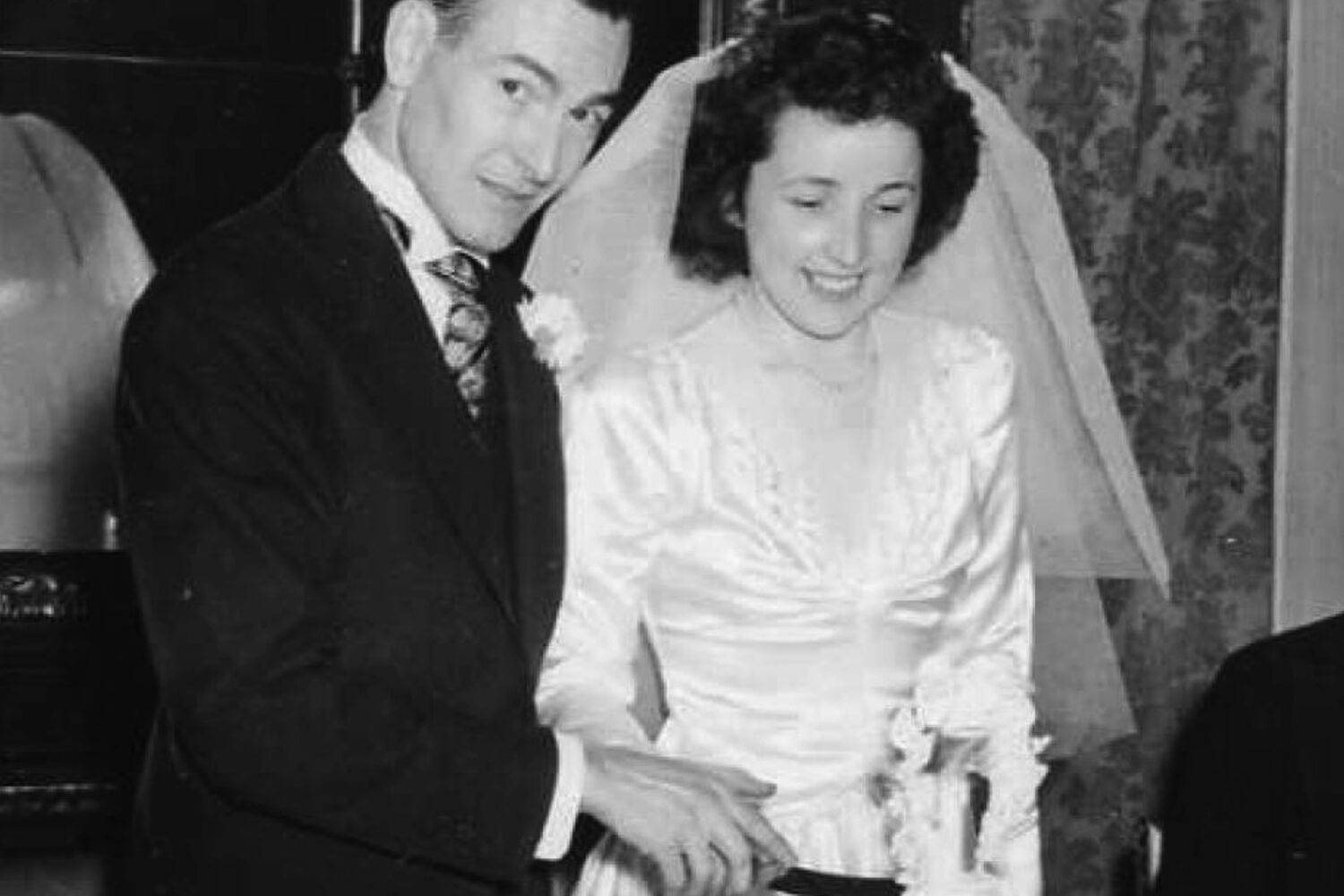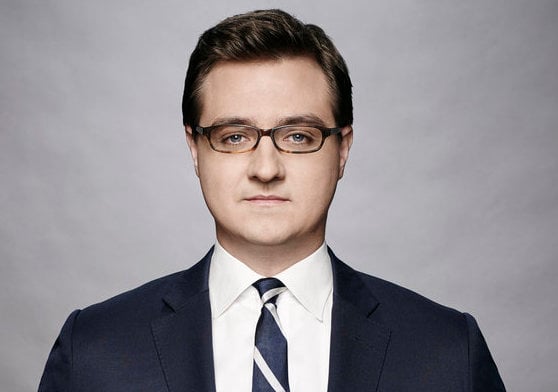If you’ve been watching the nearly non-stop coverage of the Boston Marathon bombings, you’ve seen a parade of alleged terrorism experts on the major networks and cable outlets. If you’ve seen Phil Mudd‘s face, however, you’ve seen the genuine article.
Mudd was the deputy director of the CIA’s Counterterrorist Center and, later, the first-ever deputy director of the National Security Branch at the FBI. He left government in 2010, and now he’s out with a new book that is part memoir, part inside look at the United States’ hunt for the world’s most wanted terrorist.
Takedown: Inside the Hunt for al Qaeda starts with Mudd, in 1984, driving up to the gates at CIA headquarters to answer a help-wanted ad he heard about through a family friend. “I have my resume here,” Mudd told the guard through a rolled-down car window. (Not having seen the ad himself, Mudd didn’t have an address to mail his application.) A month or so later, he writes, he came home to a message on his answering machine from a guy who only gave his first name. Mudd “knew instantly, despite my ignorance about intelligence, national security, or Washington itself, that this was the CIA.”
Mudd’s book is not a story of clandestine operators and special forces, but of the people who try to “connect” those proverbial dots about nascent, ambiguous terrorist plots, and who ultimately played just as vital a role in taking down Osama bin Laden as their gun-toting colleagues. The book is meant to evoke empathy for the pain-staking, frequently confounding work of what some have compared to putting together a jigsaw puzzle without the benefit of the picture on the box.
Of the CIA’s failure to stop the 9/11 attacks, Mudd writes, “It is not that reasoned intelligence analysis could not have pieced together such a story; we learned a painful lesson about understanding this adversary that day. But no one could have believed the scenario that unfolded with enough conviction to take the kind of action needed to fight this threat–global military and intelligence operations, along with diplomacy–that came to convulse the planet.”
Mudd’s memoir will feel at home alongside operations-focused accounts of the CIA’s war in the shadows, not because it’s full of breathtaking adventures from the field, but because it’s steeped in a particular culture and ultimately has the ring of authenticity. Mudd explains how the agency crafts the President’s Daily Brief in such a way that it sounds more like a daily newspaper than a top secret intelligence document. But that’s what you’d expect from someone whose job was to talk to top policymakers about classified material. For Mudd, this was a matter of routine, and while the significance of his line of work was not lost on him, it perhaps didn’t seem as novel or enthralling as it may sound to an outsider.
There are some pretty harrowing war stories in the book. Mudd was part of a small CIA team that went to Afghanistan to help overthrow the Taliban, when the agency “took the gloves off,” as Cofer Black, then the director of the Counterterrorist Center, liked to put it. But the book makes its most valuable contributions to the bin Laden story when we see Mudd trafficking in information–the most powerful currency in Washington–obtained from many parts of the vast intelligence system. He takes you deep into the confusing process of sorting all those puzzle pieces and explains that murky process in a clarifying way.










